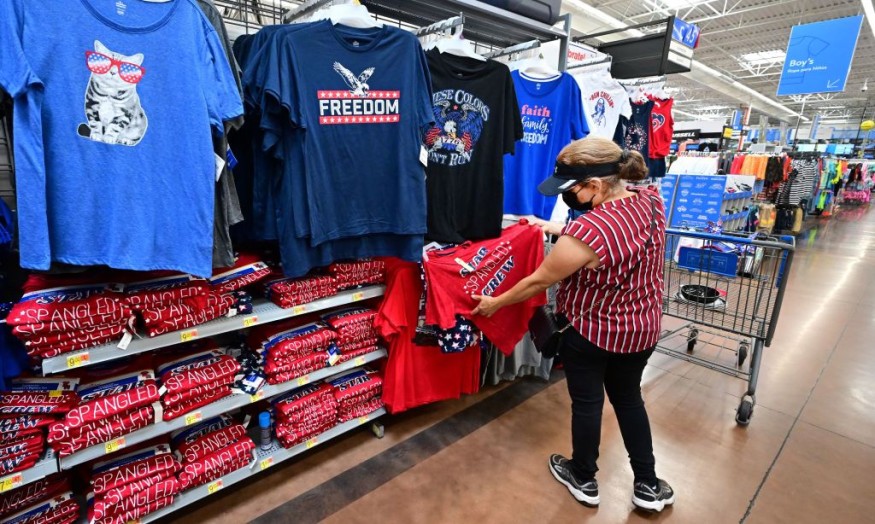US Consumer Confidence Falls in June, Triggering Shifts in Spending Habits

In June, American consumers experienced a decline in confidence, marking a shift that reflects broader economic concerns. This change in sentiment is crucial as consumer confidence is a key indicator of economic health, influencing spending behavior and economic policy.
The Conference Board reported that its consumer confidence index fell to 100.4 in June from 101.3 in May. While the decline was not as severe as analysts had predicted, it indicates a growing unease among consumers. The index evaluates both Americans' assessment of current economic conditions and their outlook for the next six months, offering a comprehensive view of consumer sentiment.
Expectations for the short term, including income, business conditions, and the job market, dropped to 73 in June from 74.9 in May. A reading below 80 often signals a potential recession, highlighting the gravity of the decline. This decrease in optimism suggests that consumers are preparing for a more challenging economic environment.
Despite the decline in future expectations, consumers' view of current economic conditions improved slightly in June, rising to 141.5 from 140.8 in May. This increase reflects the ongoing strength in the labor market, which continues to support consumer confidence. Notably, the unemployment rate rose to 4% in May, but the economy added 272,000 jobs, indicating that businesses remain confident enough to continue hiring.
Shifting Spending Patterns
Consumer spending has been robust, particularly in travel, entertainment, and other services. U.S. airports reported near-record traffic over the Memorial Day weekend, illustrating strong demand for leisure activities.
However, the labor market shows mixed signals. While job gains were substantial, job postings hit their lowest level since 2021 in April, and the number of Americans receiving unemployment benefits has increased for seven consecutive weeks.
Retailers Respond to Changing Consumer Behavior
The U.S. economy slowed significantly in the first quarter of 2024, with an annual growth rate of 1.3%, down from 3.4% in the last quarter of 2023. Retail sales inched up by only 0.1% in May compared to April, as high prices for necessities and elevated interest rates curbed spending. In response, many large retailers are offering discounts to attract more cautious and price-sensitive consumers. Recent earnings reports from major retailers indicate that while spending continues, consumers are becoming more selective and price-conscious.
Mary Daly, president of the San Francisco Federal Reserve, noted that the labor market remains healthy but warned that a future slowdown could increase unemployment. This potential shift needs close monitoring. Despite recent fluctuations, most economic indicators suggest that the U.S. economy is stable by historical standards. However, the growth rate is slowing, and consumers' expectations of a recession in the next year, which had risen in previous months, eased slightly in June.
Related article : Strong US Economy Masks Struggles of Low-Income Consumers
The content provided on MoneyTimes.com is for informational purposes only and is not intended as financial advice. Please consult with a professional financial advisor before making any investment decisions.
Copyright © MoneyTimes.com











